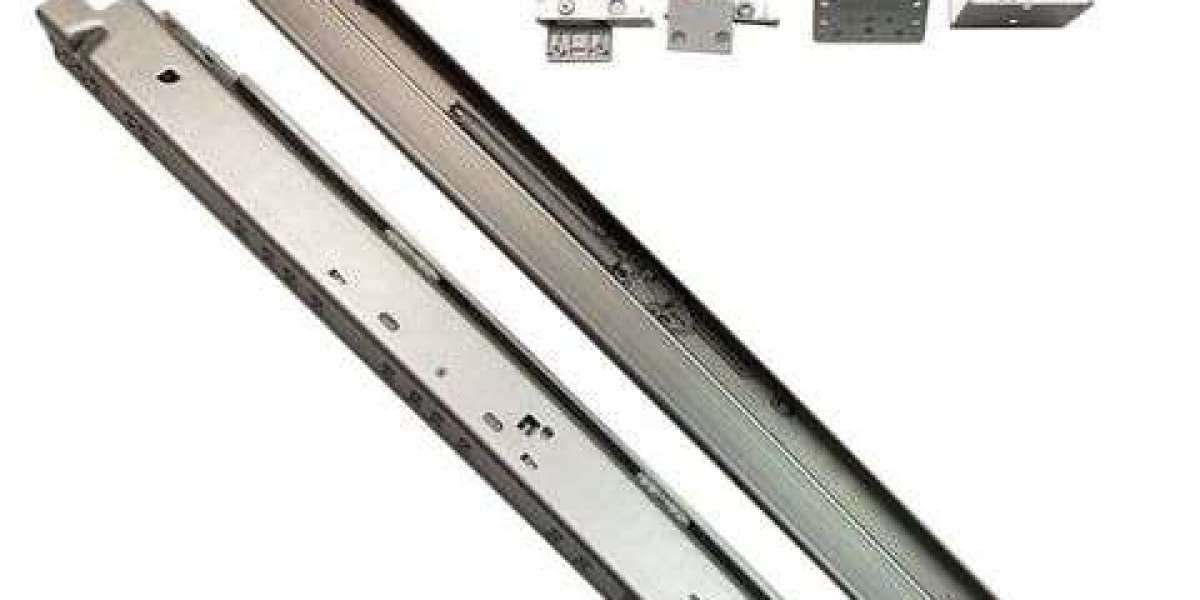- Load the life equation for packaging shock, not catalog load
A 200 g granola bar weighs nothing, but the 12-head cartoner that grabs, folds and glues 120 bars/min subjects the Y-axis to 4.5 g peak acceleration. Over a 600 mm stroke that produces 890 N of inertial reaction on a 0.5 kg gantry. A 20 mm diameter cam roller with 1.32 kN static rating still yields a safety factor of 3.1, yet the rolling friction coefficient is 0.005—one-tenth of ball-bearing blocks—so motor current drops 18 %. Our online calculator auto-fills the 4 g shock factor and returns the smallest roller pitch that keeps contact stress below 2 200 MPa; the link is embedded in every product page at https://yhlinear.com/product. - Seal strategy: labyrinth + FDA grease
High-pressure sodium-hypochlorite wash-down (200 ppm, 50 °C) destroys standard recirculation seals in 600 h. Cam rollers use face-sealed ball bearings plus a non-contact labyrinth cap; water ingress falls to zero in 1 000 h salt-fog tests. We pack the bearings with H1 food-grade PTFE grease rated −40 °C to +150 °C, so you lubricate once at install and again only during the annual Christmas shutdown. - Rail straightness matters at 10 m/s
A 30 µm dip acting at 10 m/s imposes 0.3 g vertical vibration—enough to bounce a granola bar out of its pocket. Our cold-drawn, induction-straightened rails hold ≤0.1 mm/m camber; when you splice two 3 m sections the cumulative peak is still under 0.25 mm, eliminating the need for a post-install grind. Customers bolt the rail to a 40 × 40 mm aluminum extrusion and achieve ±0.05 mm positional repeatability without epoxy. - Concentric vs. eccentric rollers—quick alignment trick
Mount two concentric rollers on the reference edge, then preload the opposite rail with a single eccentric roller turned 0.06 mm. This removes all backlash yet keeps slide resistance under 2 N. A 5 mm hex key is the only tool needed; the gantry can be adjusted while the line is strung with product because the rail remains exposed.
- Real-world ROI: 2.3 month payback
A California co-packer retrofitted 12 horizontal flow wrappers from profile rails to our 20 mm roller system. Throughput jumped from 85 to 115 packs/min (35 %), power draw fell 0.9 kW per axis, and downtime caused by seized bearings dropped from 38 h/year to zero. At $120/h line rate the extra 30 packs/min returned $77 k per line in the first year; the $22 k roller upgrade paid for itself in 2.3 months.
A rail with rollers is not a light-duty compromise—it is a deliberate choice when speed, wash-down immunity and zero maintenance trump ultimate stiffness. Size the rollers for shock loads, specify labyrinth seals for wet environments and insist on straightness better than 0.1 mm/m. Do that, and your next packaging line will whisper along at 10 m/s while the competitor’s ball rails screech to a halt every 1 000 hours.








